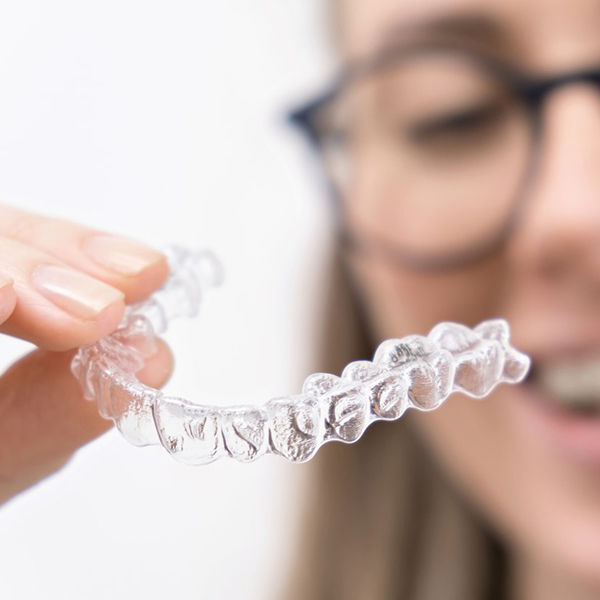Parrish & Baldridge Family Dentistry

Parrish & Baldridge
Major Dentistry Services
Full Mouth Reconstruction and Tooth Replacement
Losing teeth can have a significant effect on self-confidence. Don’t let missing teeth impact your quality of life. There are options available for all ages and budgets to replace one or more missing teeth. Parrish & Baldridge is happy to discuss which tooth restoration is right for you, even if you need a complete smile reconstruction. Learn more about each of the major dentistry services we offer by clicking below.
Crowns and bridges are used to restore and enhance teeth that are damaged, or to take the place of missing teeth. A crown, also referred to as a cap, is used to entirely cover a damaged tooth. A crown not only strengthens a tooth, but it can dramatically improve a tooth’s appearance, shape and alignment.
Crowns may be used to:
- Replace a large filling when there is little tooth structure remaining
- Protect a weak tooth from fracturing
- Restore a fractured tooth
- Attach a bridge
- Cover a dental implant
- Cover a discolored or poorly shaped tooth
- Cover a tooth that has had root canal treatment
A bridge is an ideal method to fill the space created by missing teeth. A bridge is one or more artificial teeth that are cemented into place using the teeth on either side for support, hence the name. This is an option for filling the space created by a missing tooth. A bridge replaces the missing tooth, both functionally and cosmetically. Bridge work is as much an art as it is an exact science. The materials used may be gold alloys, porcelain bonded to metal alloy, or all ceramic material made to match your natural tooth color. The choice of material depends on requirements for strength, wear, and/or esthetics.
If you are missing a few of your teeth, removable partial dentures are one of the most affordable ways to replace those missing teeth, as well as restore the look and function of lost teeth.
A partial denture typically consists of two parts: a framework that rests on teeth and artificial teeth that are attached to the framework. The framework can be made of a pink or gum-colored resin base or metal. A retainer crown is often used to secure partial dentures to teeth, keeping them in place. Partial dentures provide more stability than their full counterparts.
TMJ TREATMENTS
TMJ stands for temporal-mandibular joint. Temporal, as in temple area of skull; mandibular as in mandible, or lower jaw; joint as in it’s where the head and jaw meet. Problems in this joint may be caused by a misalignment of the teeth, trauma, or excess muscle tension. Aside from the two bones that meet there, cartilage buffers them and five muscles are involved in the area. If something goes wrong a good deal of trouble can result.
Problems in this area can cause:
- Headaches
- Earaches
- Trouble/soreness in opening and closing the mouth
- Clicking or popping of the jaw
- Pain in the jaw muscles
- Soreness in the area, sometimes extending to the face
Dental treatments for the condition can include replacing missing teeth, moving teeth, adjusting the bite, filling gaps between teeth, etc. There is no one solution that is right for all cases. Sometimes a plastic mouthpiece is used to prevent clenching or grinding that is contributing to the problem. If untreated and taken to extremes, surgery may be required to repair a badly damaged joint.

General Dentistry
Maintaining your oral health is important. With our general dentistry services we will care for the structure, function and appearance of your teeth.

Cosmetic Dentistry
We use a variety of treatments to improve your smile. From whitening your teeth to clear aligners, we have a plan to give you a beautiful smile.